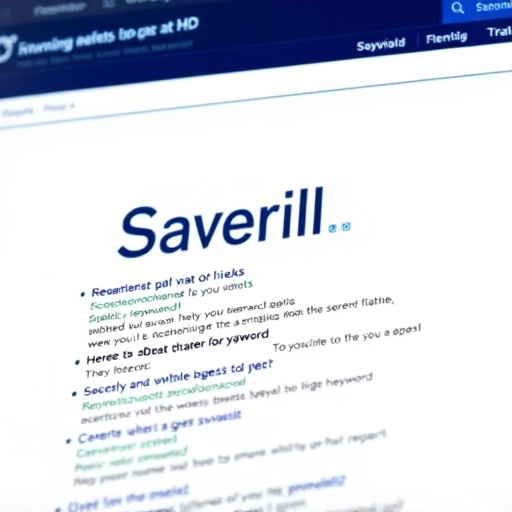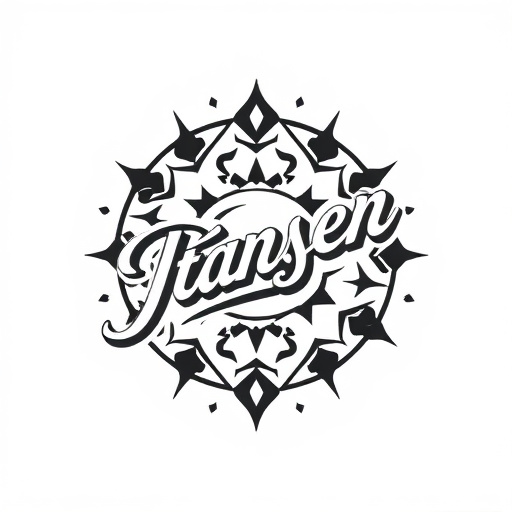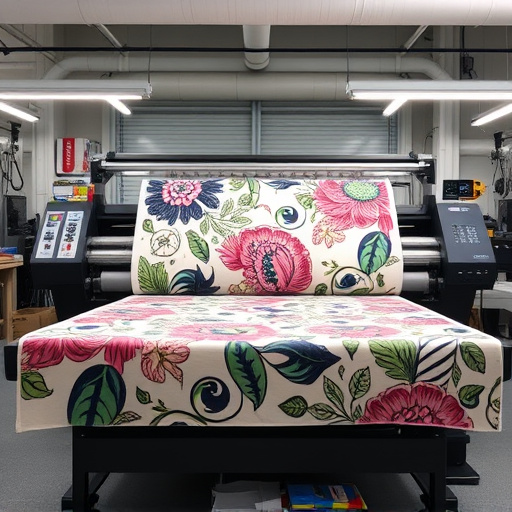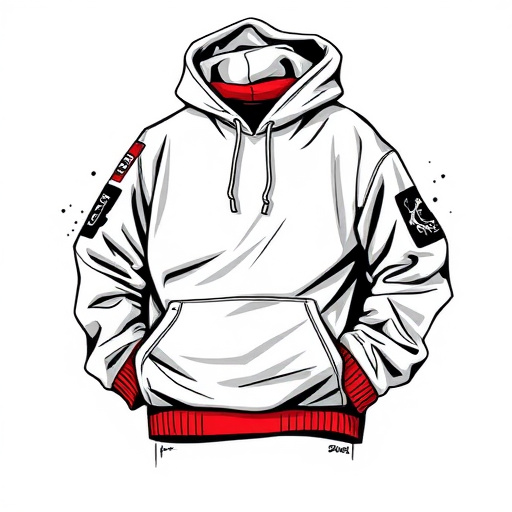DTF (Direct-To-Fabric) small orders cater to businesses and individuals printing custom designs on light fabrics like t-shirts, hoodies, and bags. Clients prioritize convenience, speed, and cost-effectiveness with smaller batch sizes for trend testing or events. Effective management involves setting clear timelines and milestones, maintaining transparency through simple communication of production processes and potential delays, building trust, and ensuring client satisfaction.
Navigating expectations with DTF (Ready Now) small orders clients is key to a successful partnership. This article demystifies how to approach these agile businesses, focusing on understanding their unique needs and constraints. We’ll explore setting realistic timelines and milestones, along with effective communication strategies to ensure everyone is aligned from the start. By implementing these practices, you’ll foster strong relationships and deliver exceptional service tailored to DTF small orders clients.
- Understanding DTF Small Orders Clients
- Setting Realistic Timeframes and Milestones
- Communicating Clearly: Strategies for Success
Understanding DTF Small Orders Clients

Understanding DTF Small Orders Clients
DTF (Direct-To-Fabric) small orders clients are a unique segment in the printing industry, often comprising businesses or individuals looking to print custom designs on light fabrics, such as t-shirts, hoodies, and bags. They value convenience, speed, and cost-effectiveness, making their expectations quite specific. These clients typically prefer smaller batch sizes, allowing them to test market trends or personalize products for small events or promotions.
When it comes to DTF printing for light fabrics versus dark fabrics, the former presents unique challenges. Lighter fabrics require precise color matching and detailed designs to ensure the final print is vibrant and visible. Clients in this niche often appreciate a service that understands these nuances, offering tailored solutions for their specific needs, from design recommendations to turnaround times and pricing structures.
Setting Realistic Timeframes and Milestones
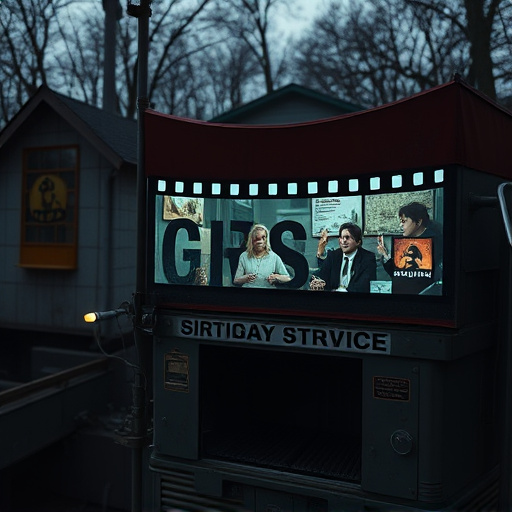
When working with DTF small orders clients, setting realistic timeframes and milestones is crucial to managing expectations effectively. Start by clearly understanding the scope of each project. Given the nature of DTF (Direct-to-Garment) printing for items like hoodies or T-shirts using materials such as dtf printer transfer film, timelines can vary. For small orders, communicate a turnaround time that allows for quality control but also meets the client’s urgency. Milestones should be set at key points throughout the process to ensure progress is on track and to provide clients with updates.
Be transparent about these timeframes and milestones from the beginning. This helps in building trust and managing client expectations. For instance, a common milestone could be the completion of design approval, followed by material preparation, printing, drying, quality check, and finally, dispatch. Each step should have a defined timeline to avoid delays and ensure clients are satisfied with both the product and the service.
Communicating Clearly: Strategies for Success

Effective communication is key when setting expectations with DTF small orders clients. Start by clearly defining your processes and turnaround times for each stage of production, from receipt of the order to delivery. Use simple, direct language to explain what a client can expect at each step, avoiding industry jargon that could confuse them. For instance, outline the details of your custom DTG (direct to film printer) or dtf transfer services, including any pre-print requirements, file formats accepted, and the number of color layers they can expect in their final product.
Additionally, be transparent about potential delays or limitations. If there are specific considerations for certain types of designs or materials, communicate these proactively. For example, mention if certain colors may require more time to dry or if complex artwork might need additional preparation. By setting clear expectations upfront, you build trust with your clients and set the stage for successful collaborations, ensuring everyone is on the same page regarding DTF small orders.
When working with DTF (Define The Fit) small orders clients, setting clear expectations is key to ensuring a successful partnership. By understanding their unique needs and communicating effectively, you can establish realistic timelines, set achievable milestones, and foster a collaborative environment. This approach not only builds trust but also leads to stronger business relationships and happier clients, ultimately streamlining your workflow and boosting overall satisfaction.





